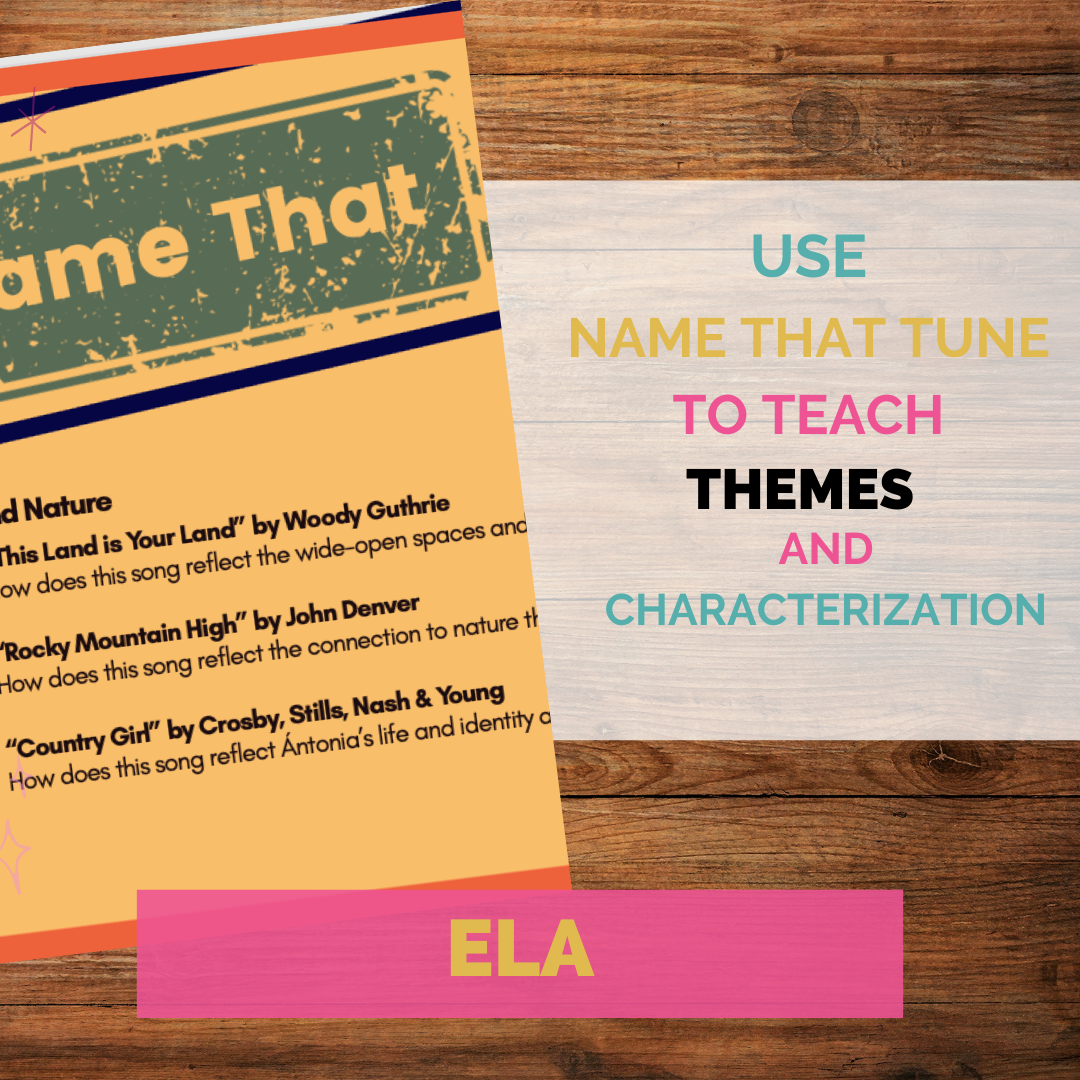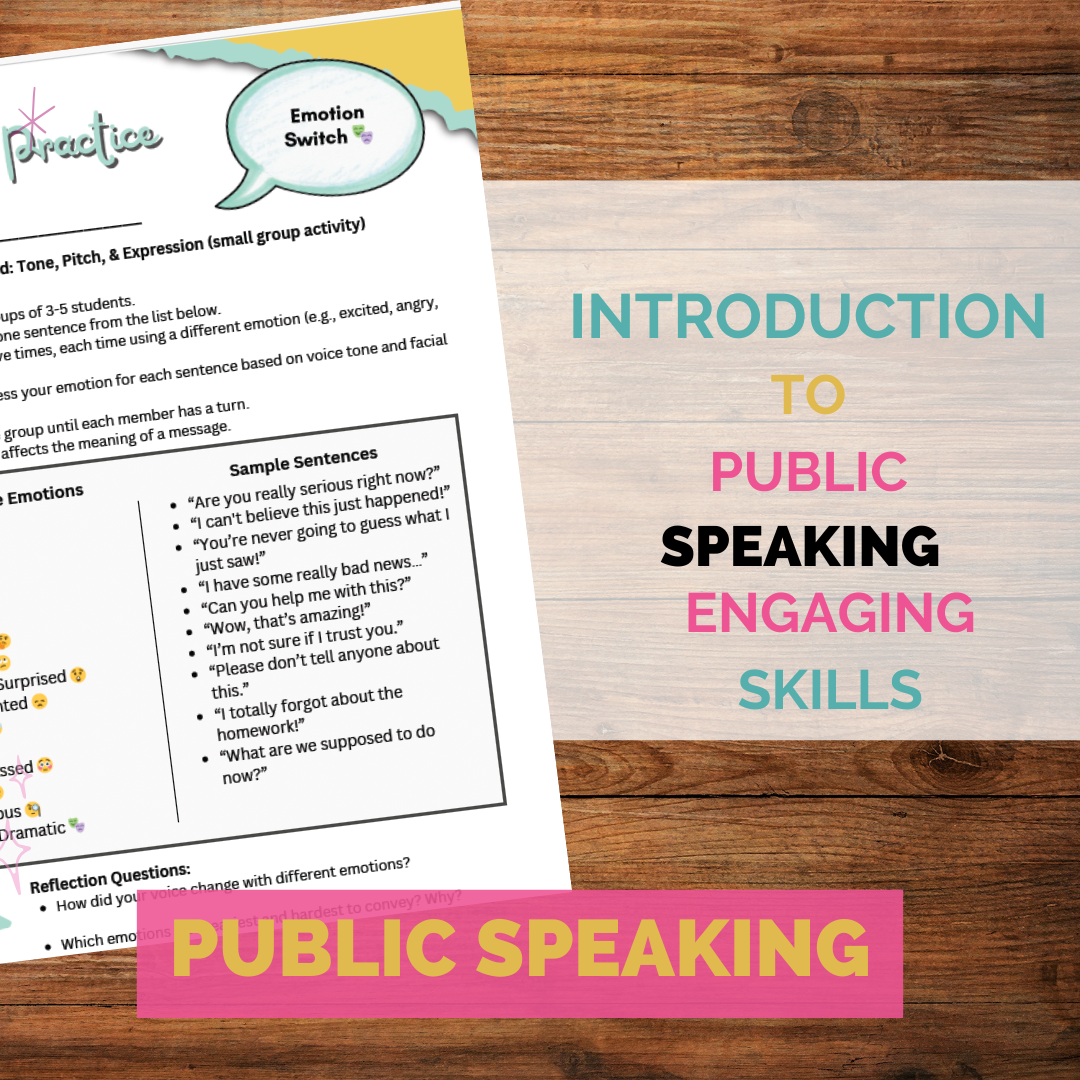Lucy Grealy‘s powerful memoir, “Autobiography of a Face,” takes readers on a journey through the author’s life as she confronts the physical and emotional challenges of living with a facial deformity. Teaching this compelling text presents a unique opportunity for educators to engage students in discussions about resilience, identity, and the power of self-expression. In this blog post, we will explore creative ideas for teaching “Autobiography of a Face” and fostering a deeper understanding of Lucy Grealy’s remarkable story.
What Is Memoir? Why Teach It?
A memoir is a literary form that presents a first-person account of an individual’s life experiences, often focusing on emotional truth rather than strict chronology. Teaching memoirs like Autobiography of a Face allows students to:
Understand the subjective nature of memory and personal storytelling.
Explore the intersection of identity, trauma, and resilience.
Build empathy by stepping into someone else’s lived experiences.
Encourage students to reflect on their own lives, examining how personal stories shape identity and community.
Key Themes in Autobiography of a Face
1. Resilience in the Face of Adversity
Lucy’s story demonstrates her remarkable strength in overcoming physical and emotional pain. Students can explore how resilience manifests in different ways and the role it plays in shaping one’s identity.
2. Self-Image and Society’s Expectations
The memoir delves into how appearance impacts self-worth and how societal standards of beauty influence identity.
3. Friendship and Isolation
Lucy’s relationships, both supportive and challenging, play a significant role in her journey. Discuss how connections with others can either bolster or diminish resilience.
4. The Healing Power of Self-Expression
Writing serves as a therapeutic outlet for Lucy. This theme invites discussions about art, writing, and creativity as tools for healing and self-discovery.
5. The Impact of Illness
The memoir sheds light on how chronic illness and medical treatments shape identity, relationships, and perspectives on life.
Pre-Reading Activities
1. Exploring Self-Perception
Lead a discussion about how appearance influences self-perception. Encourage students to reflect on societal standards and their own experiences with self-image.
2. Journaling on Identity
Ask students to keep a journal for a week, focusing on moments when they’ve felt confident or self-conscious. Use these reflections as a springboard for discussing themes in the memoir.
3. Contextual Research
Provide background information on Lucy Grealy’s life, the medical challenges she faced, and the broader context of societal attitudes toward disability and difference.
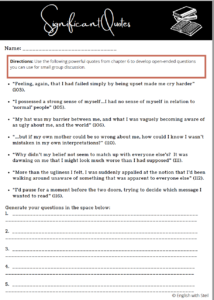
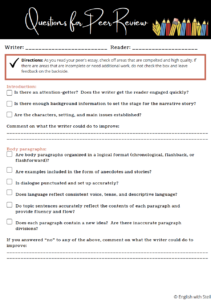
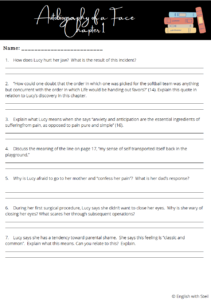
Exploring Resilience and Identity: Teaching "Autobiography of a Face"
1. Pre-Reading Activities
Before diving into the memoir, set the stage for meaningful discussions with these pre-reading activities:
Exploring Self-Perception: Begin by discussing how appearance influences self-perception. Encourage students to reflect on their own experiences and biases related to physical appearance.
Journaling: Ask students to keep a journal for a week, recording their thoughts and feelings about their own self-image and any encounters they have had related to appearance or identity.
2. Character Analysis
Engage students in a deep analysis of the author, Lucy Grealy, and other key figures in the memoir. Encourage discussions about their motivations, character development, and the impact of their actions on Lucy’s life.
3. Identity and Self-Image
The memoir explores themes of identity and self-image. Have students reflect on their own identity, what factors influence it, and how it evolves over time. Discuss the concept of identity as it relates to Lucy’s experiences.
4. Critical Journaling
Throughout the reading, ask students to maintain a critical journal. Encourage them to record their reactions, questions, and personal connections to the text. This ongoing reflection helps students engage with the material on a deeper level.
5. Class Discussions
Organize class discussions around key themes, such as resilience, friendship, societal expectations, and the impact of illness on identity. Encourage students to share their insights, ask questions, and engage in thoughtful dialogue.
6. Creative Assignments
Inspire creativity with assignments like:
Letters to Lucy: Have students write letters to Lucy Grealy, sharing their thoughts, reactions, and questions about her memoir.
Artistic Expression: Encourage students to create visual art, poetry, or short stories that explore themes from the memoir, such as self-image, resilience, or friendship.
7. Guest Speaker or Expert
Invite a guest speaker, such as a psychologist or a patient with a facial deformity, to share their perspectives and experiences. This firsthand account can provide valuable insights and deepen students’ empathy.
8. Film Adaptation
Consider watching the documentary “My Beautiful Face” about Lucy Grealy’s life and her experiences. Afterward, engage in a discussion comparing the documentary to the memoir and its impact on understanding Lucy’s story.
9. Group Projects
Assign group projects that explore related topics, such as the portrayal of physical appearance in media or the psychology of self-esteem. This encourages collaboration and allows students to delve into relevant themes.
10. Personal Reflections
Conclude the unit by asking students to reflect on the memoir’s impact on their own perceptions of self-image, identity, and empathy. Encourage them to share how Lucy Grealy’s story has influenced their thinking and actions.
Five Tips for Teaching Autobiography of a Face
1. Use Guided Journaling
Encourage students to maintain a critical journal as they read. Prompt them with questions like:
How does Lucy’s perception of herself evolve?
What role do societal expectations play in her journey?
How do Lucy’s relationships influence her resilience?
2. Focus on Character Analysis
Explore Lucy as a character and narrator. Discuss her motivations, vulnerabilities, and strengths. Extend this analysis to other key figures in the memoir, examining how they contribute to Lucy’s story.
3. Examine Rhetorical Devices
Analyze Grealy’s use of rhetorical strategies, such as:
Imagery: How does she paint vivid pictures of her experiences?
Tone: How does her tone shift to convey vulnerability, strength, or humor?
Symbolism: What recurring symbols highlight key themes?
4. Facilitate Empathy-Building Activities
Host class discussions or debates around topics like societal beauty standards, the impact of chronic illness, and the importance of self-expression.
5. Connect Memoir to Other Genres
Encourage students to draw parallels between Autobiography of a Face and other texts, films, or personal narratives that explore identity, resilience, or self-perception.
Creative Assignments
1. Letters to Lucy
Have students write letters to Lucy Grealy, sharing their thoughts, reactions, and questions about her story.
2. Artistic Expression
Encourage students to create visual art, poetry, or short stories inspired by themes in the memoir.
3. Group Projects
Assign group research projects on topics such as:
The societal portrayal of physical appearance in media.
Psychological perspectives on self-esteem and resilience.
4. Film Comparison
Watch the documentary My Beautiful Face and compare its portrayal of Lucy’s experiences to the memoir. Discuss how different mediums affect storytelling and audience perception.
Final Thoughts
Teaching “Autobiography of a Face” by Lucy Grealy offers a profound opportunity to explore themes of resilience, identity, and self-expression. By incorporating pre-reading activities, guided discussions, creative assignments, and empathy-building exercises, you can help students engage deeply with this compelling memoir. Lucy’s story not only inspires but also challenges readers to reflect on their own lives and the strength of the human spirit. Ready to bring this transformative text into your classroom? Let’s get started!


